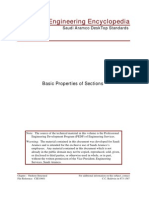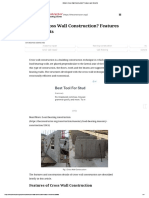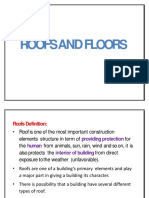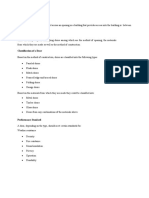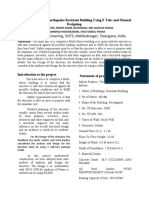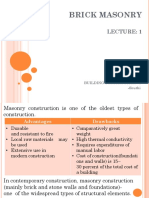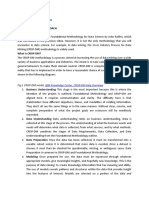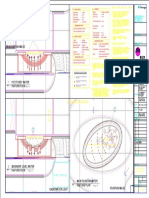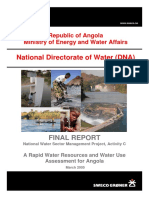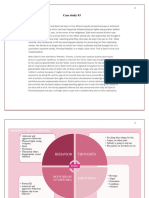0% found this document useful (0 votes)
146 views94 pagesMasonry
1. The document discusses masonry construction topics including stone masonry, brick masonry, and bonds.
2. Stone masonry is classified into rubble masonry and ashlar masonry, while brick masonry discusses bond types and brick types.
3. Key bond types discussed include English bond, Flemish bond, and stretching bond.
Uploaded by
HabibahCopyright
© © All Rights Reserved
We take content rights seriously. If you suspect this is your content, claim it here.
Available Formats
Download as PDF, TXT or read online on Scribd
0% found this document useful (0 votes)
146 views94 pagesMasonry
1. The document discusses masonry construction topics including stone masonry, brick masonry, and bonds.
2. Stone masonry is classified into rubble masonry and ashlar masonry, while brick masonry discusses bond types and brick types.
3. Key bond types discussed include English bond, Flemish bond, and stretching bond.
Uploaded by
HabibahCopyright
© © All Rights Reserved
We take content rights seriously. If you suspect this is your content, claim it here.
Available Formats
Download as PDF, TXT or read online on Scribd
/ 94






























